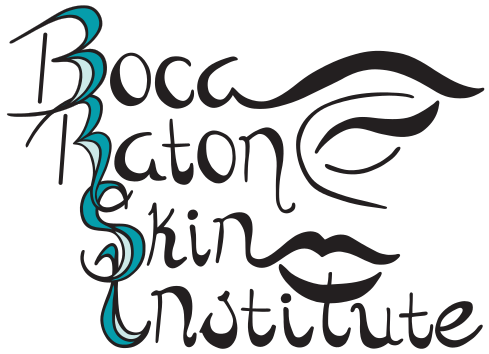Mohs Surgery
What is Mohs surgery?
Mohs surgery is a specialized, highly effective technique for removing skin cancers. Dr. Schwartzberg has performed many thousands of Mohs surgeries and is proud to be a member of the first class of physicians to become board certified in Mohs surgery. He takes pride in his extremely high success rate while keeping surgeries as small as possible, thereby minimizing scarring. Mohs surgery was developed in the 1930s by Dr. Frederick Mohs at the University of Wisconsin and is now practiced throughout the world. Mohs surgery differs from other skin cancer treatments in that it permits the immediate and complete microscopic examination of the removed cancer tissue so that all roots and extensions of the cancer can be eliminated. Mohs surgery has the highest reported cure rate of all treatments for skin cancer.
Why remove skin cancers with Mohs surgery?
Some skin cancers are deceptively large – far bigger under the skin than they appear to be from the surface. These cancers may have “roots” in the skin or along blood vessels, nerves, or cartilage. Also, skin cancers that recur after previous treatments may send out extensions deep under the scar tissue that has formed. Mohs surgery is specifically designed to remove these cancers by tracking and removing these cancerous “roots.” Treating all skin cancers with Mohs surgery is not necessary. Mohs surgery is reserved for skin cancers that grow back after previous treatment, cancers that are at high risk of recurring, cancers that have a higher chance of incomplete removal by other means, or cancers that are located in cosmetic areas where preservation of the maximum amount of normal skin is important.
How is Mohs surgery done?
There are three steps involved in Mohs surgery:
The skin is made completely numb using a local anesthetic. Dr. Schwartzberg removes the visible cancer with a thin layer of additional tissue. This takes only a few minutes and the patient may then go to a waiting area. A detailed diagram (a Mohs map) of the removed specimen is drawn.
The specimen is color coded to distinguish top from bottom and left from right. A technician freezes the tissue and removes very thin slices from the entire edge and undersurface. These slices are placed on microscope slides and stained for examination under the microscope. This is the most time consuming part of the procedure, often requiring up to an hour to complete.
Dr. Schwartzberg then carefully examines these slides under the microscope. This allows examination of the entire surgical margin of the removed tissue. That is, the entire undersurface and the complete edge of the specimen is examined. All microscopic roots of the cancer can thus be precisely identified and pinpointed on the Mohs map.
If more cancer is found on the microscopic slides, Dr. Schwartzberg uses the Mohs map to remove additional tissue only where cancer is present. This allows the Mohs surgery technique to leave the smallest possible surgical defect because no guess work is involved in deciding where to remove additional tissue. Only tissue around the “roots” and extensions of cancer is removed.
How long does it take?
Most cases can be completed in three or fewer stages, requiring one to three hours. However, no one can predict how extensive a cancer will be because the size of a skin cancer’s “roots” cannot be estimated in advance. We therefore ask that you reserve the entire day for surgery, in case additional surgical sessions are required.
Will it leave a scar?
Yes. Any form of surgery leaves a scar. Mohs surgery, however, will leave one of the smallest possible surgical defects, and therefore a smaller final scar. Dr. Schwartzberg makes every effort to keep the surgical defect as small as possible while ensuring the skin cancer has been completely removed.
What happens after the Mohs surgery is completed?
After the cancer is removed, Dr. Schwartzberg will discuss with you your options. These may include: 1) allowing the wound to heal naturally, without additional surgery 2) wound repair performed in the office on the same day 3) wound repair performed in the office on another day, or 4) referral to another surgeon for wound closure. Most of the time, Dr. Schwartzberg repairs the wound on the same day.
Will I have pain, bruising, or swelling after surgery?
Most patients do not complain of significant pain. If there is discomfort, Tylenol and/or ibuprofen is usually all that is necessary for relief. However, stronger pain medications will be prescribed when needed. You may have some bruising and swelling around the wound, especially if surgery is being done close to the eyes.
